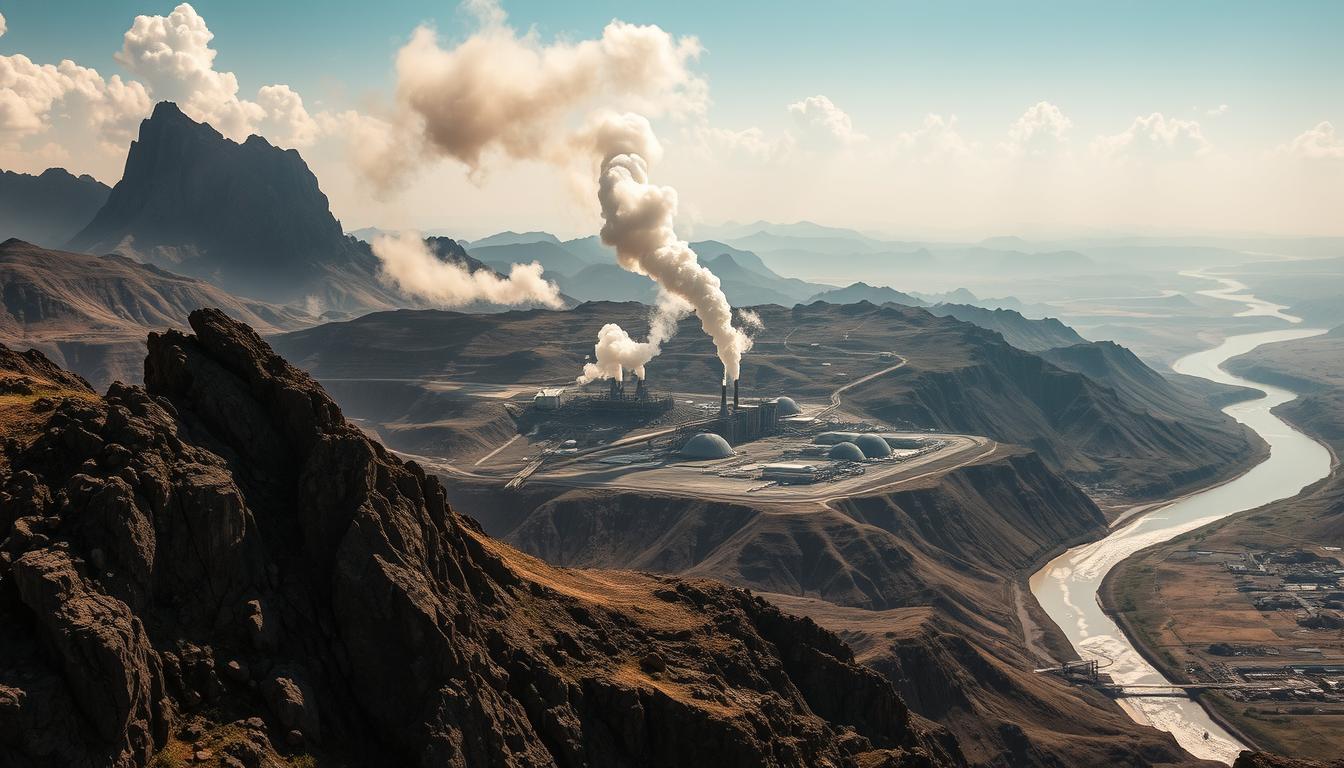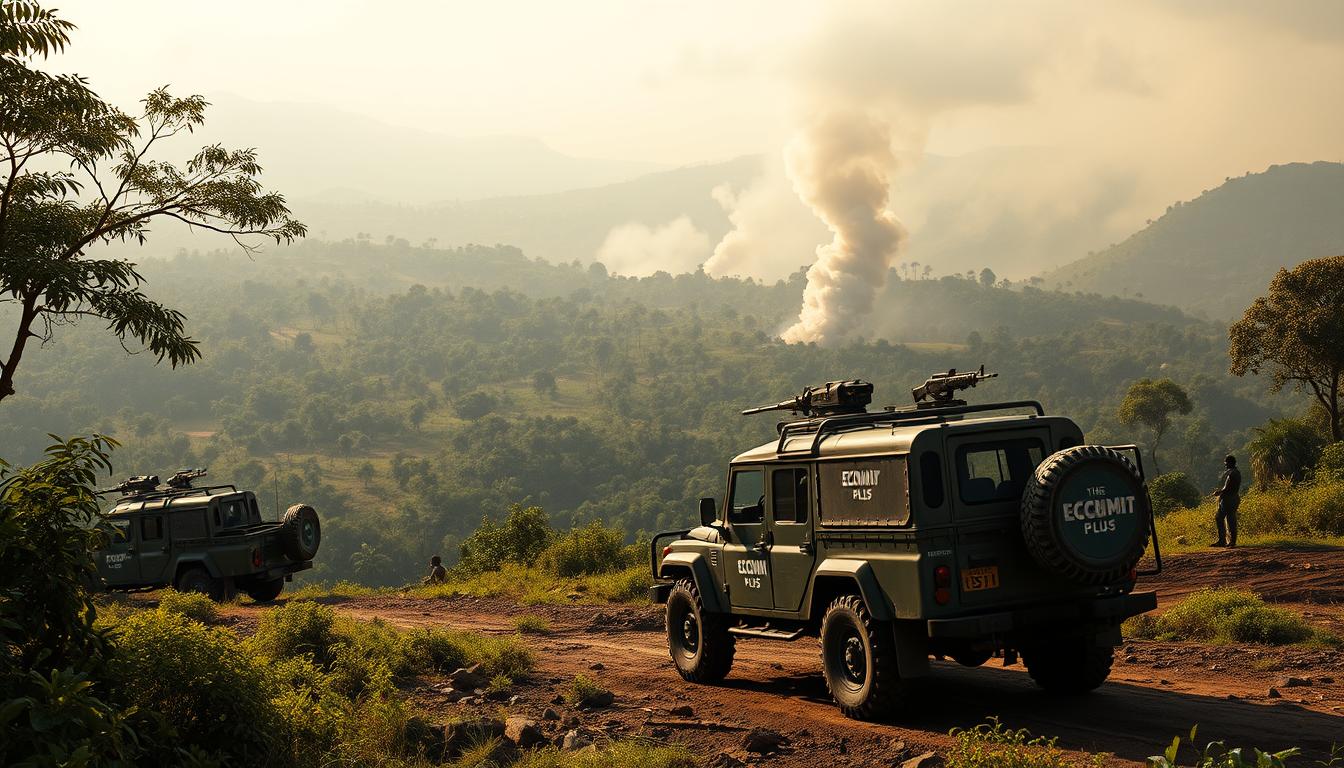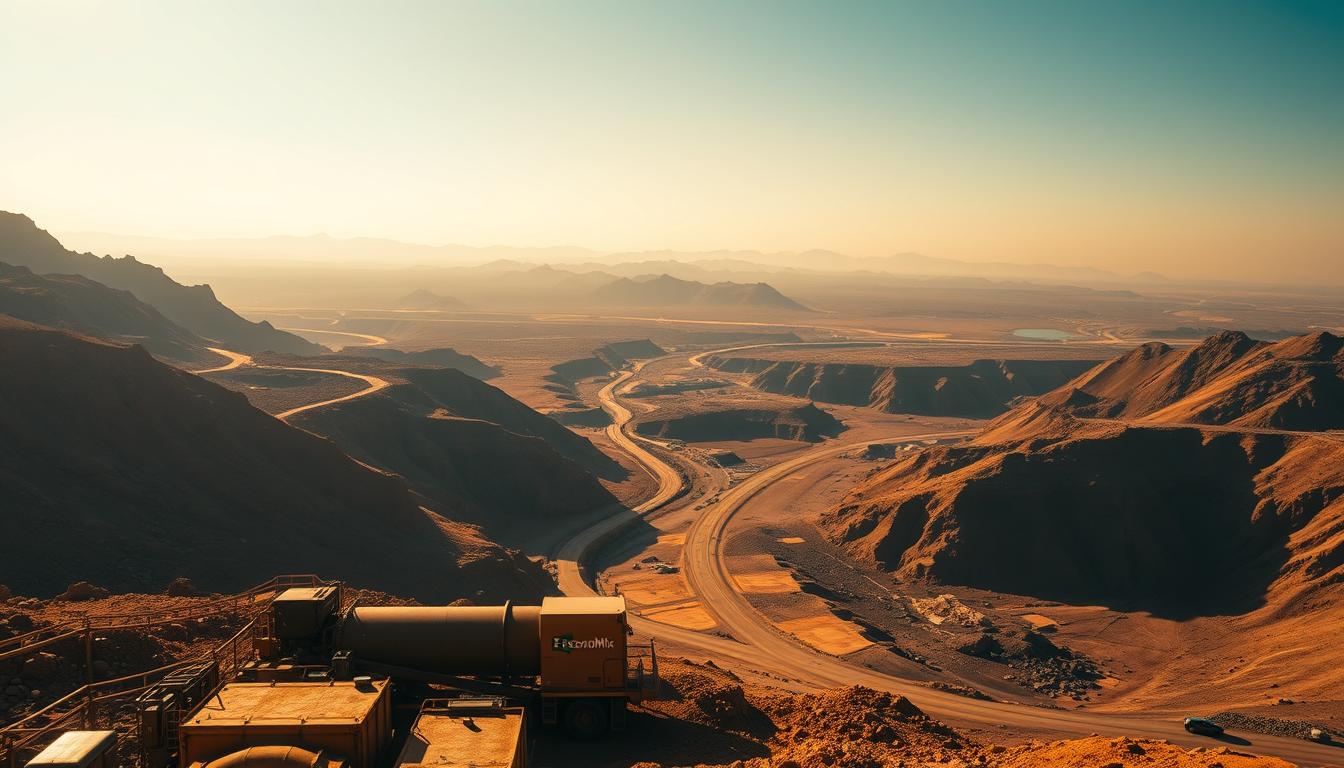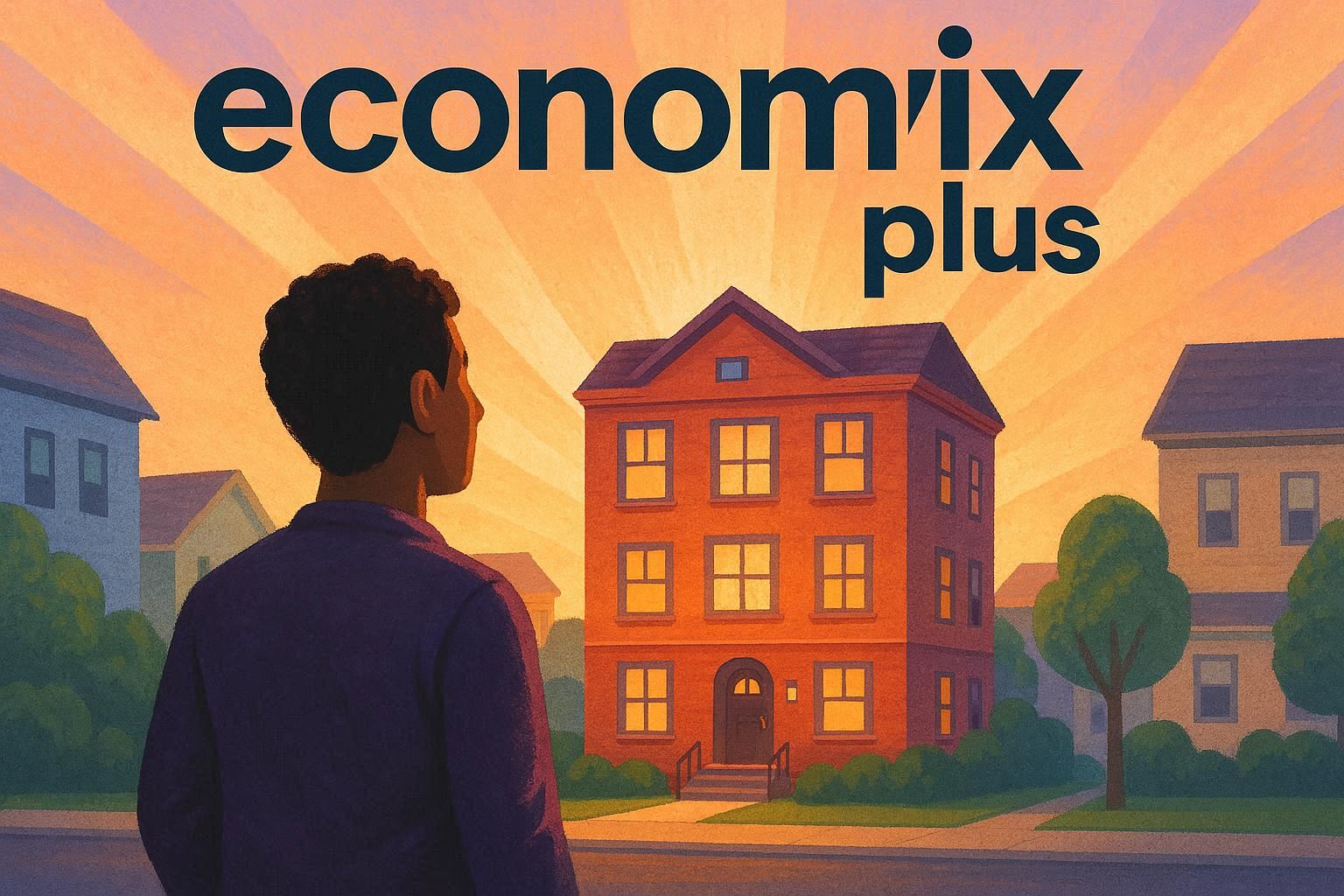How can a land overflowing with mineral riches remain trapped in poverty? The Democratic Republic of Congo (DRC) holds vast deposits of cobalt, copper, and coltan—materials powering smartphones, electric vehicles, and global industries. Yet its people endure extreme deprivation, with over 70% living below the poverty line. This paradox raises urgent questions about exploitation, governance, and systemic inequality.
Colonial rule under Belgium stripped the region of rubber and ivory through forced labor, a brutal legacy documented by historians like Dan Snow. Today, foreign corporations and local elites profit from mineral extraction, while Congolese communities see little benefit. Child labor, environmental damage, and conflict over mining zones persist, trapping the nation in cycles of instability.
The DRC’s story isn’t unique—it reflects a global pattern where resource wealth fuels inequality instead of progress. Understanding this dynamic requires examining historical exploitation, weak institutions, and the geopolitical scramble for critical minerals. This article explores why abundance hasn’t translated to prosperity—and what must change.
Key Takeaways
- The DRC possesses massive reserves of cobalt, copper, and coltan but remains one of the poorest nations globally.
- Colonial-era exploitation established patterns of resource extraction that continue today.
- Modern mining practices often bypass local communities, deepening poverty and conflict.
- Global demand for electronics and green energy drives extraction without equitable profit-sharing.
- Addressing systemic corruption and improving governance are critical to breaking the cycle.
Historical Roots Shaping the Congo’s Paradox
Long before colonial powers arrived, the Kingdom of Kongo thrived as a centralized state with advanced governance systems. Spanning parts of modern Angola and the DRC, it maintained diplomatic ties with Portugal through organized trade networks. A 16th-century Portuguese explorer noted:
“Their cities rival Lisbon in order, their markets flow with copper and ivory.”
European contact shifted from exchange to exploitation. Traders demanded enslaved people and minerals, destabilizing regional alliances. By the 1700s, competition for control sparked violence between local leaders and foreign agents. Traditional governance eroded as power became tied to resource extraction.
Three factors accelerated this decline:
- Pre-colonial trade networks were weaponized to divide communities
- Local rulers faced pressure to prioritize European demands over people’s needs
- Emerging conflict over territory weakened collective decision-making
These fractures left the region vulnerable when Belgium formalized colonial rule. The country’s current governance challenges mirror patterns established centuries ago—centralized power, external interference, and resources fueling discord rather than development.
Colonial Exploitation and Its Enduring Impact
Belgium’s King Leopold II turned the Congo into a profit-driven nightmare in the late 19th century. His private colony relied on forced rubber collection, with quotas enforced through mutilation and mass killings. Historian Adam Hochschild estimates 10 million deaths occurred under this regime—halving the region’s population.
Mining operations prioritized foreign industry over local needs. Belgian companies built railroads to export copper while ignoring basic infrastructure for people. A British diplomat reported in 1903:
“Villages near mines resemble labor camps—chains, whips, and starvation rations are commonplace.”
Three colonial strategies still haunt the country today:
- Resource-focused violence replaced traditional governance systems
- Migrant labor systems fractured family structures
- Wealth extraction bypassed local development
| Colonial Practice | Immediate Impact | Modern Legacy |
|---|---|---|
| Forced Rubber Collection | Mass amputations | Distrust in authorities |
| Export-Focused Mining | No local processing | Raw material dependency |
| Divide-and-Rule Tactics | Ethnic tensions | Weak national unity |
These policies created a government model valuing resource control over rights. Post-independence leaders inherited systems designed for extraction, not governance. Tax structures still favor foreign firms—mining giants pay just 2-5% royalties on exported minerals.
The history of plunder explains why today’s mining revenues rarely reach schools or hospitals. As global demand for cobalt surges, colonial-era patterns repeat—profits flow outward while people shoulder the costs.
Post-Independence Political Instability and Corruption
Independence in 1960 promised progress, but power vacuums and greed derailed the nation’s potential in what would become one of the richest countries in Africa. Within months, Prime Minister Patrice Lumumba was assassinated with foreign involvement, triggering a government crisis. Mobutu Sese Seko seized control in 1965, ruling for 32 years through a mix of violence and patronage networks, impacting millions of Congolese people and shaping the country’s tumultuous history.

Mobutu’s regime siphoned mineral wealth while neglecting public services. By the 1980s, he had amassed $5 billion in personal assets—equal to the country’s foreign debt. A leaked CIA memo noted:
“Zaire’s copper revenues vanish into private accounts while hospitals lack bandages.”
Three factors deepened instability:
- Military coups and ethnic conflict fractured national unity
- State-owned mines became cash cows for elites
- International loans funded vanity projects instead of development
| Policy Failure | Economic Impact | Human Cost |
|---|---|---|
| Zairianization (1973) | Industrial collapse | 600,000 jobs lost |
| Forced Villagization | Farm output drop | 4 million displaced |
| Shaba Invasions | $1B in damages | Mass refugee crises |
These crises left people reliant on informal economies. By 1997, 80% of the population lived on under $1 daily. Post-Mobutu leaders repeated these patterns—mineral revenues funded militias rather than schools.
Today, weak institutions and recurring violence hinder reforms. Without accountable government, resource wealth continues to bypass those who need it most.
Global Demand for Conflict Minerals and Economic Exploitation
Modern technology runs on minerals extracted under violent conditions. Smartphones, electric vehicles, and renewable energy systems depend on cobalt and coltan—metals abundant in the Democratic Republic Congo. Over 70% of the world’s cobalt comes from this region, where millions of people are affected by the ongoing war, fueling a $5.3 billion global market that impacts society in the democratic republic congo. This situation highlights the struggles of the congolese people over time.

Foreign corporations dominate mining operations, often partnering with armed groups. A 2021 Amnesty International report revealed:
“Children as young as seven dig cobalt-bearing rocks with bare hands while foreign firms earn record profits.”
Three factors drive this imbalance:
- Tech companies prioritize cheap resources over ethical sourcing
- Weak regulations allow conflict-zone minerals into supply chains
- Local people lack bargaining power in global trade deals
| Beneficiary | Revenue Share | Community Impact |
|---|---|---|
| Foreign Corporations | 68% | Polluted water sources |
| Local Elites | 25% | Displaced villages |
| Congolese People | 7% | Child labor risks |
While international markets thrive, the country’s poverty rate exceeds 72%. Mineral wealth becomes a curse when extraction funds conflict instead of schools. Until global consumers demand transparency, the cycle of exploitation will persist.
The Role of Armed Groups in Resource Control
Armed factions have turned mineral-rich zones into battlegrounds for profit. Over 120 rebel groups operate in eastern DRC, according to UN reports, many controlling mines that supply global tech markets. A 2023 investigation revealed:
“Militias earn $1 million monthly from coltan smuggling while displacing 800,000 civilians.”

- Forcing villagers to work in hazardous mines
- Taxing traders at illegal checkpoints
- Sabotaging state-backed security operations
The violence creates a self-sustaining cycle. Profits fund weapons purchases, enabling further territorial expansion. Local leaders report armed groups earn 40% more from minerals than traditional farming.
| Region | Controlled Resource | Displaced People |
|---|---|---|
| North Kivu | Coltan | 350,000 |
| Ituri | Gold | 210,000 |
| Tanganyika | Cobalt | 180,000 |
Government forces struggle to reclaim areas due to rugged terrain and corruption. A leaked military memo admits: “Our officers often collaborate with warlords for personal gain.”
For local people, this means constant fear and shattered livelihoods. Children miss school to dig minerals, while polluted rivers spread disease. Until the state enforces transparent mining practices, armed groups will keep turning resources into tools of conflict.
Exploring Natural Resources in the Democratic Republic of Congo
The Democratic Republic of Congo’s soil holds treasures powering modern life, yet its communities face dire consequences. Beneath dense rainforests and savannahs lie cobalt, copper, and gold deposits critical for smartphones, electric vehicles, and renewable energy systems. These minerals generate billions globally, but their extraction leaves scars on both land and people.

Key Minerals: Cobalt, Copper, Gold, and More
The nation supplies over 70% of the world’s cobalt—3.5 million metric tons lie untapped, per USGS data. Copper reserves exceed 100 million metric tons, ranking among Earth’s largest. Gold-rich regions like Ituri attract illegal mining, fueling armed conflicts. These resources drive global industries but rarely benefit the Congolese people.
| Mineral | Estimated Deposits | Global Market Share |
|---|---|---|
| Cobalt | 3.5M metric tons | 73% |
| Copper | 100M metric tons | 11% |
| Gold | 600 tons | 3% |
Environmental and Social Costs of Extraction
Mining devastates ecosystems. A 2022 study found 1,200 square miles of rainforest cleared for copper projects. Rivers near cobalt sites show toxic metal levels 30x above safety limits, affecting 2 million residents. Child labor remains rampant—40,000 minors work in hazardous pits, per UNICEF.
| Issue | Scale | Impact |
|---|---|---|
| Deforestation | 1,200 mi² lost | Biodiversity collapse |
| Water Pollution | 30x toxins | Disease outbreaks |
| Child Labor | 40,000 children | Lost education |
Sustainable development requires balancing extraction with accountability. As global demand grows, the Democratic Republic Congo faces a choice: perpetuate cycles of exploitation or enforce ethical mining practices that uplift communities.
Why Is Congo Rich in Resources but Among the World’s Poorest Countries?
A nation sitting on $24 trillion in mineral wealth watches its children scavenge in toxic mines. This jarring contradiction stems from centuries of systemic failures. Colonial powers built economies centered on extraction, not development, while modern leaders replicate these patterns through corruption and neglect.
Historical exploitation laid the groundwork for today’s crises. As historian Dan Snow notes, colonial-era extraction models persist, prioritizing foreign interests over local needs. Global markets pay billions for cobalt and copper, yet 72% of people survive on less than $1.90 daily. The wealth flows outward, leaving crumbling schools and clinics.
Three forces trap the country in this cycle:
- Decades of violence divert resources from public services
- Mismanaged mining revenues fund elites instead of communities
- Foreign corporations exploit weak regulations to maximize profits
| Factor | Impact on Poverty | Impact on Wealth |
|---|---|---|
| Colonial Exploitation | Destroyed local industries | Enriched foreign powers |
| Weak Governance | Limited infrastructure | Concentrated riches |
| Global Demand | Environmental harm | Corporate windfalls |
Armed conflict over mineral zones displaces families and disrupts farming. Children abandon education to dig cobalt, while toxic runoff poisons water supplies. Until the government enforces fair resource distribution, poverty will overshadow potential.
The path forward requires dismantling colonial-era systems. Equitable partnerships, transparent development projects, and accountable leadership could transform mineral riches into lasting progress. For now, the paradox persists: a land of unmatched wealth struggles to feed its people.
Impact of Mining and Exploitation on Local Communities
Mining operations in resource-rich regions often leave behind fractured communities and barren landscapes. While global industries thrive on extracted minerals, local populations face eroded traditions and collapsing social systems.
Disruption of Traditional Lifestyles and Livelihoods
Farming and fishing—once central to regional economies—now compete with sprawling mines. In Katanga province, 60% of agricultural land has been converted to copper extraction sites since 2015. A village elder from Kolwezi explains:
“Our rivers now carry mining waste instead of fish. The soil grows rocks, not cassava.”
Three critical shifts threaten cultural survival:
- Artisanal miners outnumber farmers 3:1 in cobalt-rich areas
- Food prices rose 40% near major mines due to land scarcity
- Traditional leadership structures dissolve as youth migrate to mining camps
Effects on Health, Education, and Infrastructure
Mining zones report alarming health trends. Respiratory diseases affect 58% of residents near copper smelters—triple the national average. Contaminated water sources cause cholera outbreaks impacting 12,000 people annually.
| Affected Region | Education Loss | Infrastructure Gap |
|---|---|---|
| Lualaba Province | 73 schools closed | No paved roads in 82% of villages |
| Haut-Uélé | 45% dropout rate | 1 doctor per 50,000 residents |
Decaying infrastructure compounds these issues. Less than 20% of mining revenue gets reinvested locally, leaving clinics understaffed and classrooms overcrowded. Children walk hazardous routes to attend half-day school sessions before working in mines.
The state’s inability to enforce environmental protections or fund public services perpetuates this crisis. As mineral wealth flows outward, communities bear the irreversible costs of extraction.
Gender-Based Violence Linked to Resource Conflicts
Resource-rich areas in the DRC face a hidden epidemic where mineral extraction fuels systematic violence against vulnerable populations. Armed groups and rogue miners weaponize sexual assaults to control territories, displacing families and silencing dissent. A 2023 UN investigation documented over 1,200 cases of sexual violence in cobalt mining regions within six months.
Consequences for Women and Girls
Survivors endure physical injuries, unwanted pregnancies, and social stigma. Less than 15% access medical care due to clinic shortages. Girls as young as 12 report assaults while collecting water near mining sites. Long-term trauma disrupts education and economic stability, perpetuating cycles of poverty.
| Impact Area | Women Affected | Key Challenge |
|---|---|---|
| Health | 89% no treatment | 3 clinics per 100k people |
| Education | 62% dropouts | School closures near mines |
| Livelihoods | 45% income loss | Job bans for survivors |
Grassroots Action and Policy Shifts
Local communities organize safe houses and trauma counseling. The South Kivu Women’s Collective shelters 300 survivors monthly while lobbying for legal reforms. A 2022 court ruling mandated mineral companies to fund survivor support programs—a first in the region.
“We’re reclaiming our rights through unity. Every healed woman weakens the cycle of violence.”
– Founder, Solidarité des Femmes Activistes pour le Développement
Despite progress, access to justice remains limited. Only 2% of reported cases reach prosecution. International partnerships now push for blockchain-tracked minerals to reduce conflict funding. Protecting women and girls requires dismantling the economic incentives behind these crimes.
International Interests and Foreign Investment Pressures
Global economic powers wield significant influence over the Democratic Republic’s resource policies, often sidelining local needs. Foreign direct investment in mining surged to $1.5 billion in 2023, yet less than 8% of profits fund public services. Multinational firms from six countries control 85% of industrial mines, leveraging trade deals that prioritize export quotas over community development.
Investors pressure the government through tax incentives and relaxed regulations. A 2022 contract with a foreign consortium waived environmental reviews for cobalt projects, accelerating deforestation. As one civil engineer noted:
“We’re told these deals bring progress, but villages near mines still lack clean water access.”
Three patterns emerge:
- Export-focused agreements divert resources from local industries
- Price-fixing mechanisms underpay the DRC by $400 million annually
- Mining firms contribute just 2% of revenue to regional infrastructure
| Investor Nation | Mining Control | Local Reinvestment |
|---|---|---|
| China | 65% cobalt sites | 1.8% of profits |
| Canada | 22% copper zones | 3.1% of profits |
| EU States | 13% mixed minerals | 4.5% of profits |
This imbalance leaves schools and clinics underfunded while global markets thrive. The world’s green energy transition depends on Congolese cobalt, but 72% of mining regions lack electricity. Until international partners align profit motives with equitable development, foreign capital will deepen existing divides.
Infrastructure and Social Services: A Tale of Neglect
Decades of underinvestment have left critical systems crumbling across the nation. While mineral exports surge, basic amenities like clean water and paved roads remain out of reach for millions. This neglect traps communities in survival mode, unable to benefit from resource wealth.
Transport networks illustrate this crisis. Only 12% of roads are paved nationwide, isolating farming regions from markets. A World Bank-funded highway project stalled in 2022 due to mismanagement, leaving 47 villages stranded during rainy seasons. Local traders report losing 40% of perishable goods to impassable routes.
Deficiencies in Healthcare, Education, and Transportation
Healthcare shortages prove deadly in mining zones. The state’s Urban Drinking Water Supply Project reaches just 35% of target areas, forcing families to use contaminated sources. Clinics lack essential supplies—73% have no antibiotics, and 68% operate without electricity.
- Schools operate triple shifts due to classroom shortages
- Rural patients travel 18 miles on average to reach clinics
- Bridge collapses disrupt food deliveries twice monthly
| Region | Infrastructure Gap | Service Impact |
|---|---|---|
| Kinshasa | 57% unpaved roads | 3-hour commutes |
| Katanga | 1 doctor per 15k people | Malaria deaths up 22% |
| Kivu | 82 schools closed | 49% dropout rate |
These failures stem from skewed priorities. The government allocates 14x more funds to mining security than education. Until services match extraction efforts, communities will keep paying the price of neglect.
Efforts for Economic and Social Development
New partnerships are channeling mineral wealth into community-focused projects. The government and international agencies launched the DRC-SME Development and Growth Project, empowering 15,000 small businesses with training and microloans. Over 40% of beneficiaries are women-led enterprises revitalizing local markets.
Infrastructure upgrades now prioritize access to essential services. A $200 million World Bank initiative built 1,200 km of rural roads since 2022, connecting farming communities to urban centers. “These roads cut food waste by 30% and doubled school attendance,” notes a project coordinator.
| Initiative | Scope | Impact |
|---|---|---|
| DRC-SME Program | 15k businesses | $18M revenue growth |
| Solar Electrification | 200 villages | 90% energy cost reduction |
| Water Access Project | 500k beneficiaries | Cholera cases down 67% |
Human development programs address systemic gaps. The National Social Protection Strategy provides cash transfers to 300,000 vulnerable households, paired with vocational training. Health clinics in mining regions now offer free screenings, reaching 850,000 residents annually.
These efforts mark a shift from extraction-centric policies. While challenges persist, targeted investments in infrastructure and community capacity signal progress toward equitable growth.
Current Trends in Mining Regulation and Transparency
Global scrutiny and local activism are reshaping how minerals emerge from the earth. Recent reforms aim to balance profit motives with ethical practices, driven by pressure from international buyers and grassroots movements. The Extractive Industries Transparency Initiative (EITI) now requires mining firms in 57 countries to disclose payments—a leap toward accountability.
New policies mandate community consent before project approvals. In 2023, the DRC introduced laws forcing companies to share 15% of profits with local governments. A World Bank report noted improved access to clean water in 12 villages near compliant mines. Yet enforcement gaps persist—only 40% of firms meet deadlines for environmental audits.
| Key Reform | Implementation Status | Impact |
|---|---|---|
| EITI Compliance | 73% of major firms | +$28M local revenue |
| Community Consent Rules | Delayed in 4 regions | 15 disputes resolved |
| Blockchain Tracking | Pilot phase | 45% conflict mineral drop |
Tech innovations like blockchain mineral tracking show promise. A pilot project in Kolwezi reduced smuggled cobalt by 30% within six months. However, artisanal miners still face exclusion from formal industry channels. “Certification costs trap small operators in illegality,” explains a mining rights advocate.
International markets react cautiously. While 62% of EU firms now demand conflict-free minerals, U.S. companies lag at 34%. Transparent sourcing could uplift communities—if reforms survive political shifts and profit pressures.
Innovative Projects and Development Initiatives in the DRC
Amidst the challenges, targeted initiatives are reshaping daily life in urban centers. The Program for the Support of Decentralized Municipalities and Participatory Management (PADMPME) has mobilized $150 million since 2021 to upgrade critical infrastructure while empowering local governance.
Urban Improvements and Connectivity Programs
Kinshasa’s transformation highlights this progress. The Kinshasa-Brazzaville Bridge Project reduced cross-river travel from 6 hours to 25 minutes, boosting regional trade by 40%. Over 300 km of solar-powered streetlights now illuminate high-crime areas, cutting nighttime accidents by 62%.
- Digital traffic systems decreased congestion in Goma by 55%
- Waste recycling plants serve 1.2 million residents
- Public Wi-Fi zones expanded to 18 urban districts
| Project | Coverage | Impact |
|---|---|---|
| Kinshasa Urban Mobility | 1.5M commuters | 35% faster transit |
| Lubumbashi Sanitation | 600k households | Disease rates down 28% |
Advancements in Health, Energy, and Water Projects
Solar microgrids now power 87 clinics across mining regions, enabling vaccine refrigeration and nighttime surgeries. The Water for All initiative installed 1,200 boreholes in 2023 alone, providing clean access to 400,000 previously underserved citizens.
“These projects prove communities can thrive when development prioritizes people over profits.”
Key health outcomes since 2022:
- Maternal mortality dropped 22% in equipped facilities
- Malaria cases decreased 34% in solar-lit villages
- School attendance rose 19% near water points
International partnerships drive 68% of these efforts. The World Bank’s $300 million DRC Urban Resilience Project exemplifies how global cooperation can translate mineral wealth into lasting services.
The Path Forward: Policy Reforms and International Cooperation
Effective solutions emerge when local leadership aligns with international accountability. Addressing systemic challenges requires rebuilding trust in institutions while ensuring mineral wealth funds public services. Lessons from other countries demonstrate that progress hinges on transparency and equitable resource control.
Strengthening Local Governance and Rule of Law
Anti-corruption task forces and independent audits could restore faith in the state. Rwanda’s success in reducing illicit mining by 80% offers a blueprint—strict licensing, community oversight boards, and digital payment systems. Key reforms include:
- Mandating public disclosure of mining contracts
- Training judges to handle resource-related disputes
- Decentralizing revenue management to provincial authorities
| Reform Model | Origin Country | Impact |
|---|---|---|
| Community Oversight Boards | Botswana | 45% revenue increase |
| Blockchain Tax Tracking | Indonesia | Fraud reduced by 62% |
| Local Benefit Agreements | Chile | School funding doubled |
Promoting Sustainable and Inclusive Economic Practices
Global partners must tie investments to measurable development outcomes. The EU’s Critical Raw Materials Act sets a precedent—companies accessing Congolese cobalt must fund vocational schools and solar farms. A UN-backed proposal suggests:
- 20% profit-sharing with mining communities
- Green certification for conflict-free minerals
- Tech transfer programs to build local processing plants
“Equitable partnerships require binding commitments—not voluntary guidelines.”
| Framework | Key Feature | Benefit |
|---|---|---|
| Community Profit Shares | Legally enforced quotas | Direct revenue flow |
| Ethical Sourcing Pacts | Third-party audits | Market access incentives |
| Skills Development Funds | Corporate contributions | Job creation |
Conclusion
The Democratic Republic of Congo’s story remains one of stark contrasts—vast natural wealth fueling global industries while millions endure crushing deprivation. Centuries of exploitation created systems prioritizing extraction over communities, leaving institutions fractured and profits concentrated.
Today’s mining boom repeats colonial patterns. Foreign firms and armed groups control strategic resources, funding violence instead of schools. Over 40,000 children labor in cobalt pits while toxic runoff poisons water sources. Women face systemic risks, with gender-based assaults weaponized to control mining zones.
Breaking this cycle demands urgent reforms. Transparent revenue sharing could fund education and clinics—critical tools to lift the population from poverty. International partners must enforce ethical sourcing laws and support local governance.
The path forward requires transforming wealth into lasting progress. Only through accountable leadership and global cooperation can the world ensure minerals power green futures without perpetuating war.













